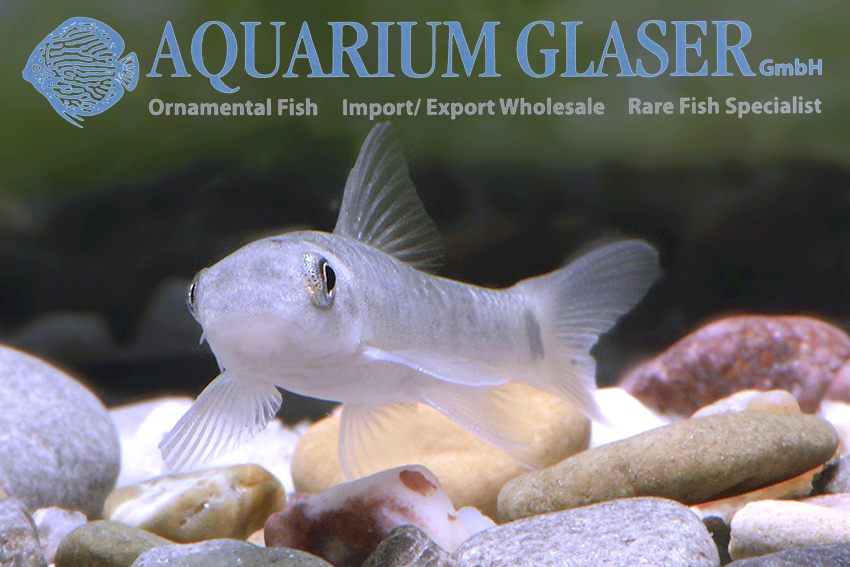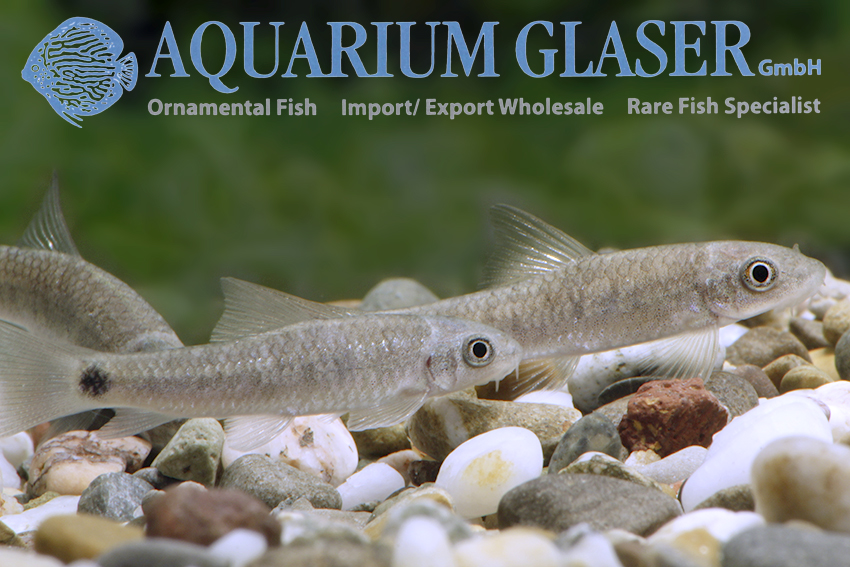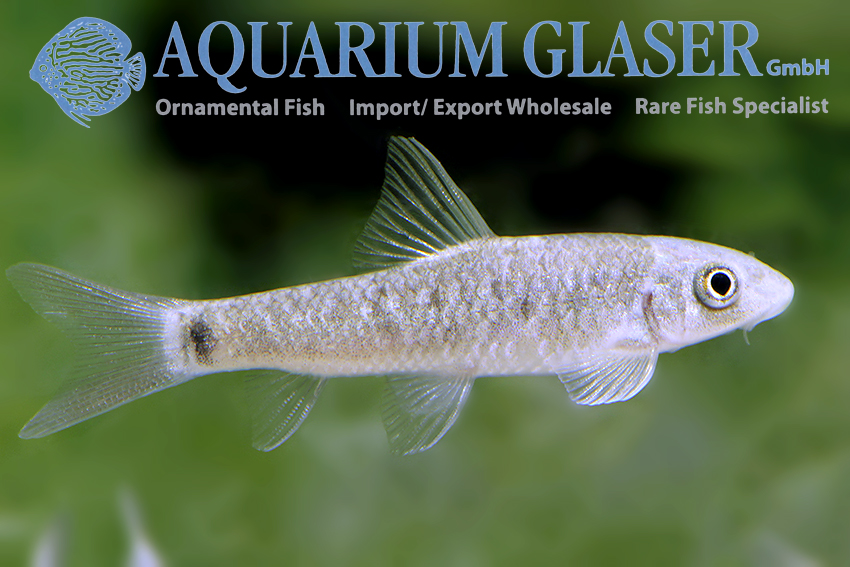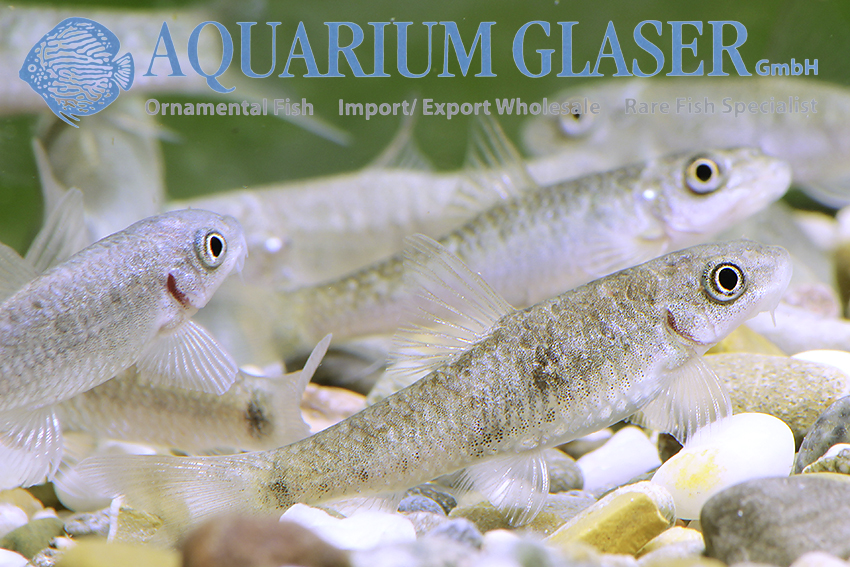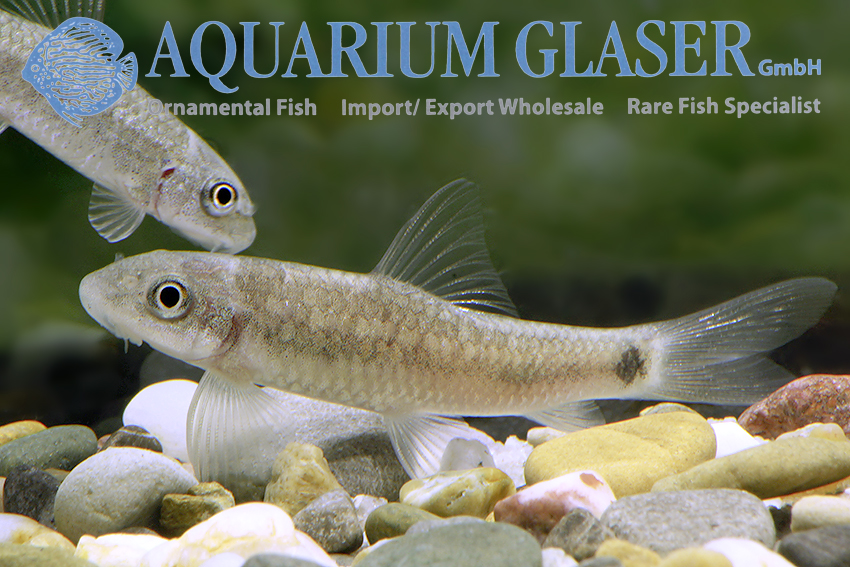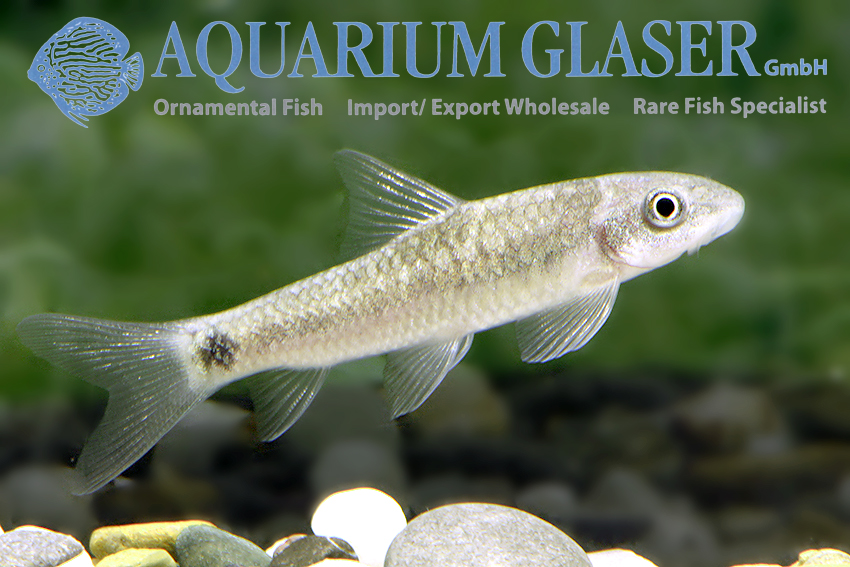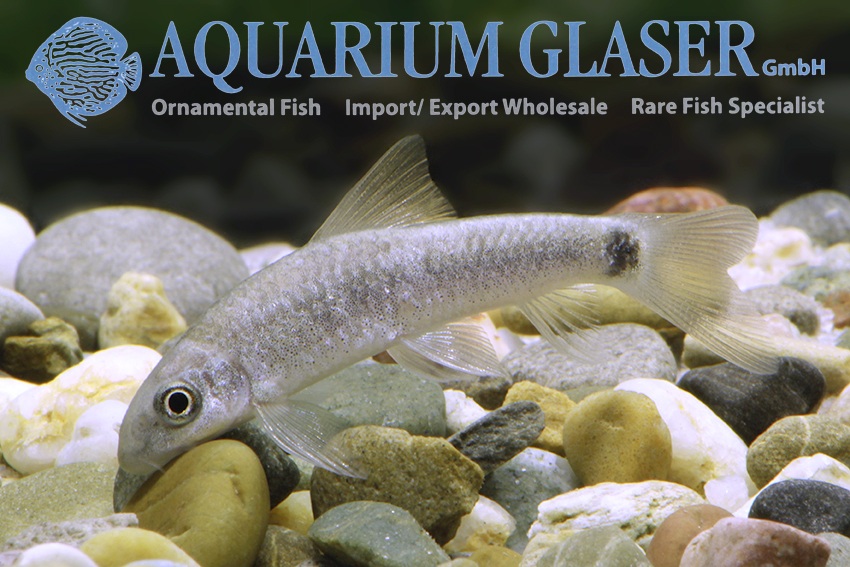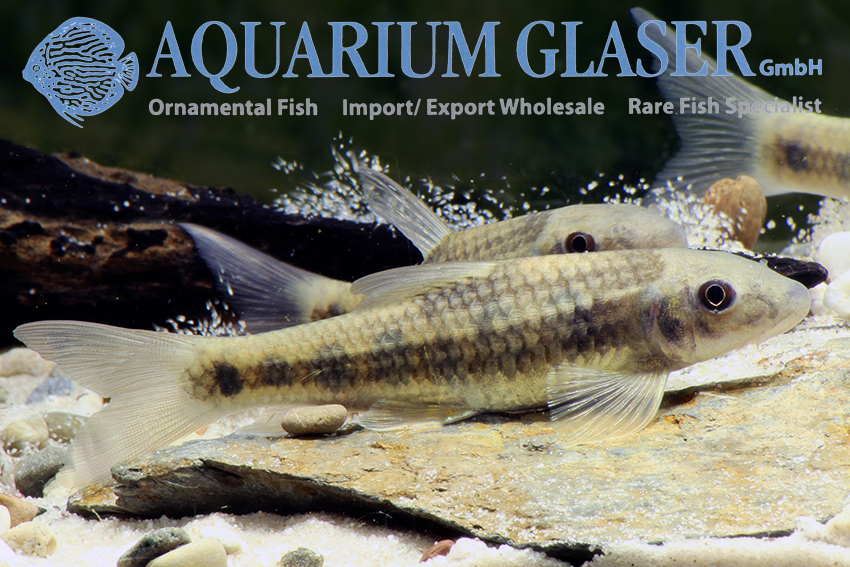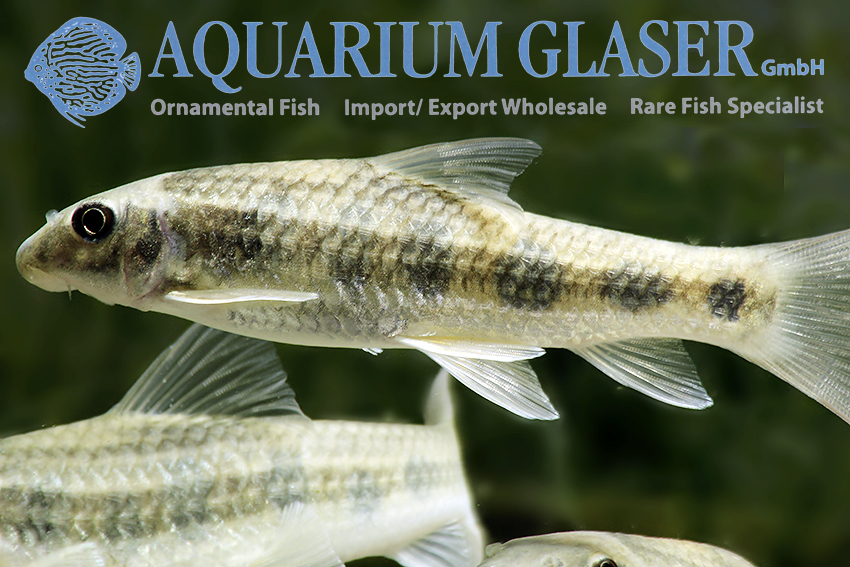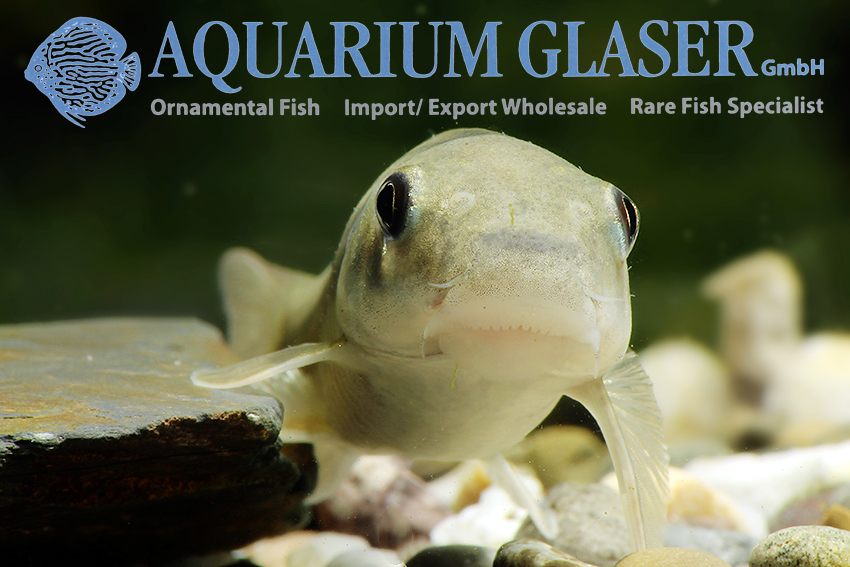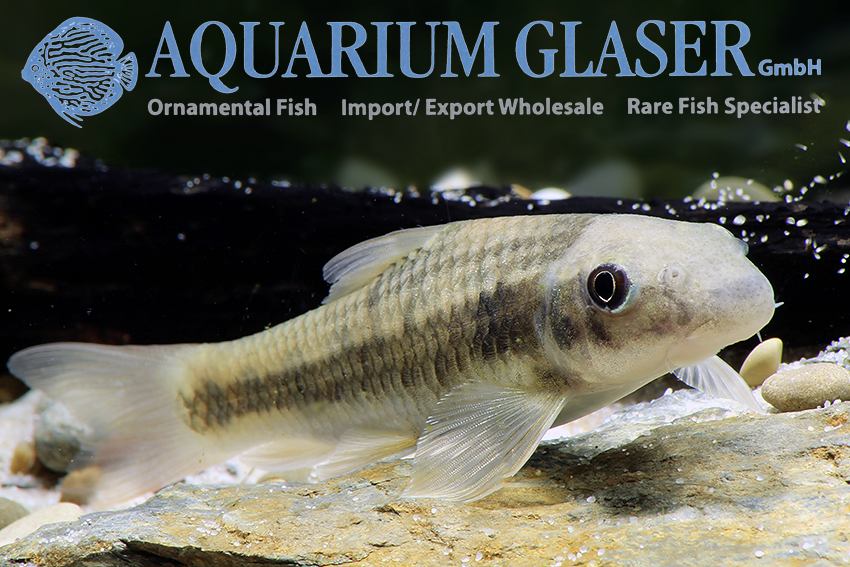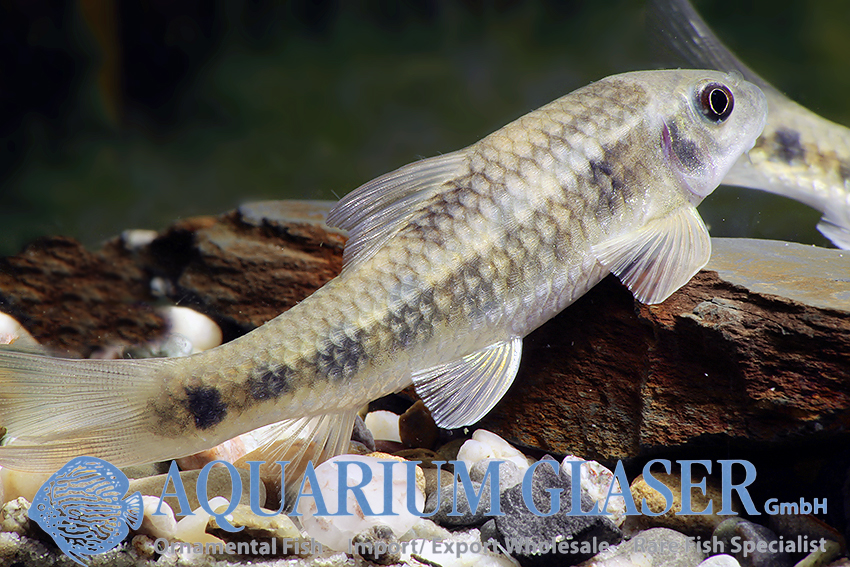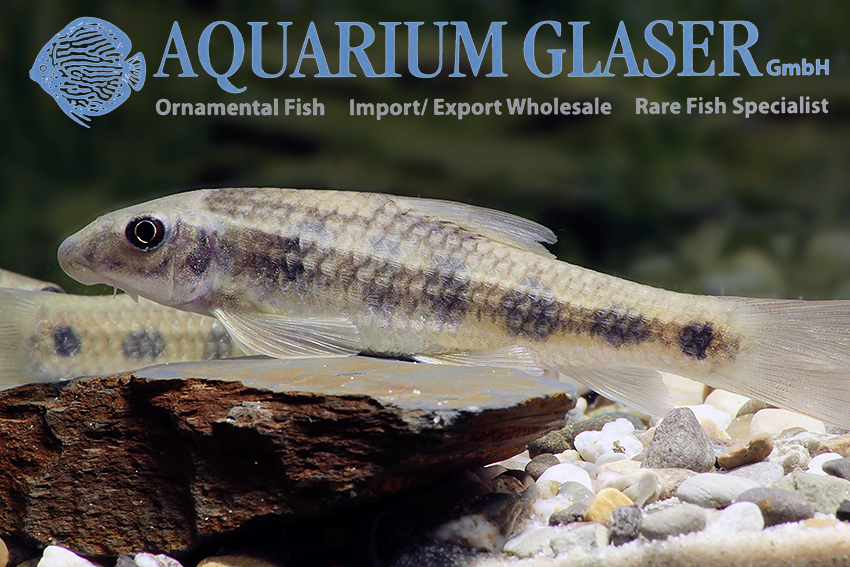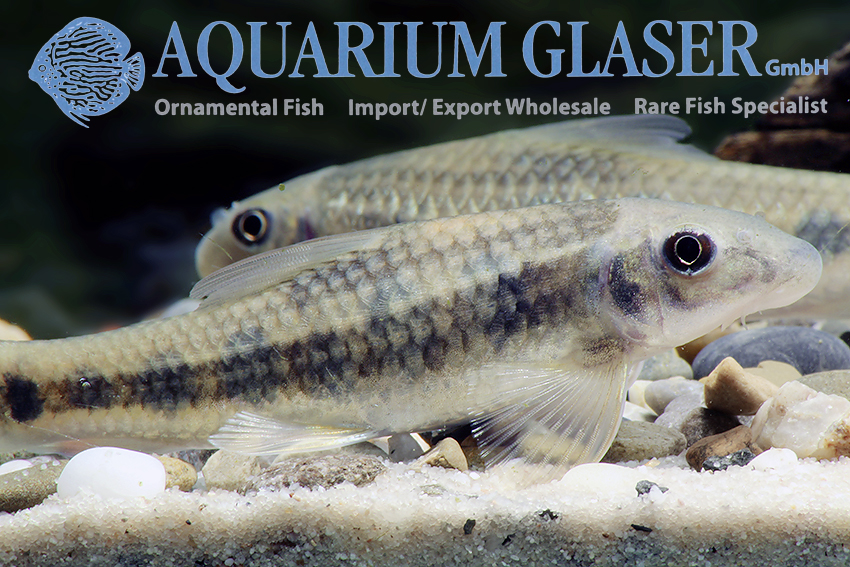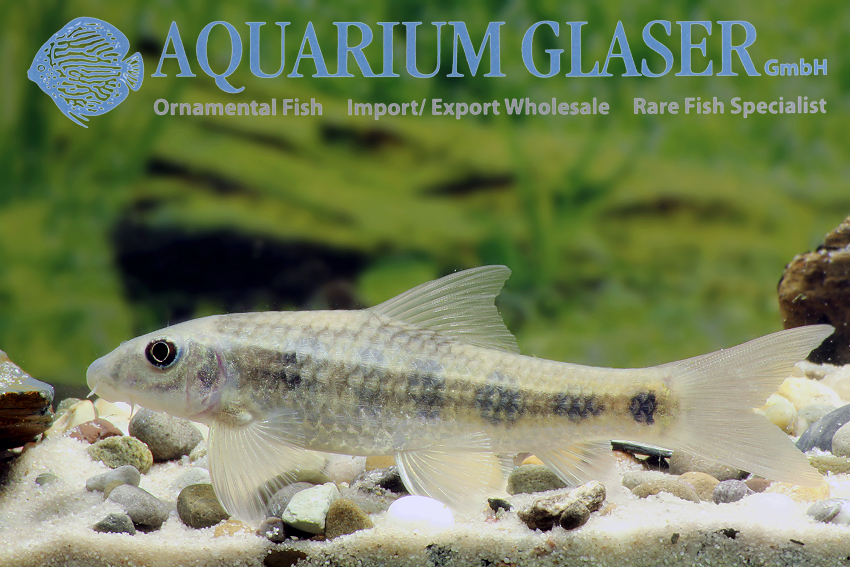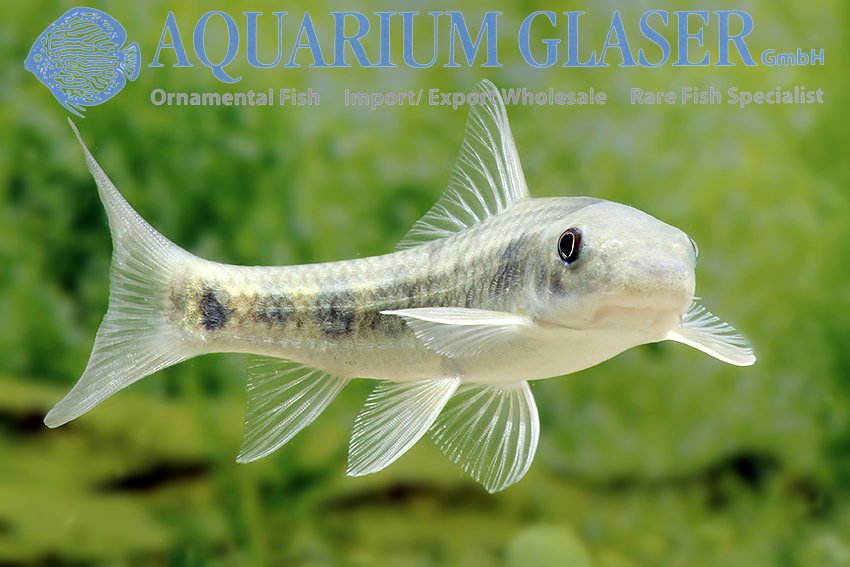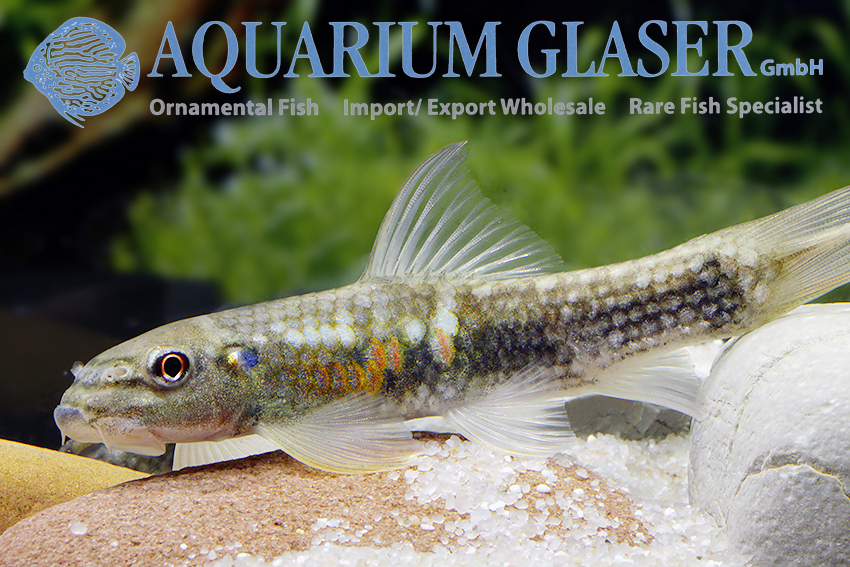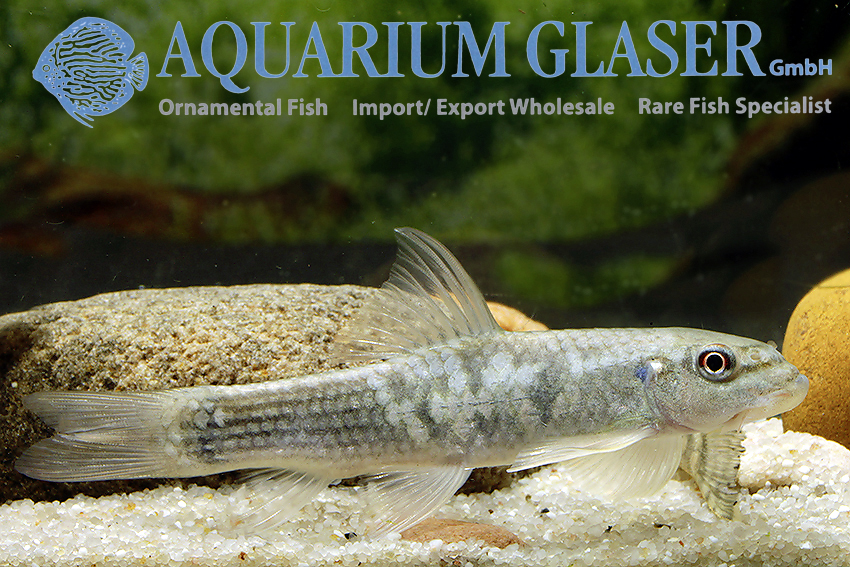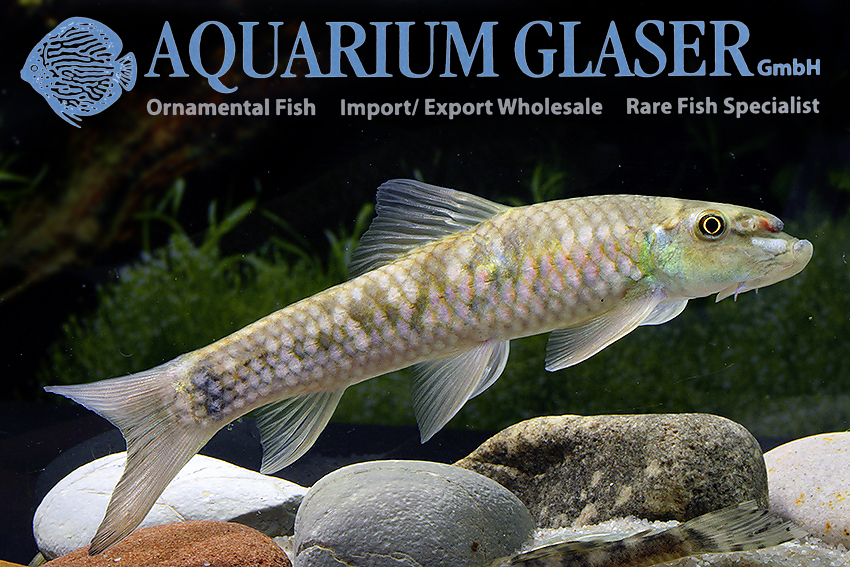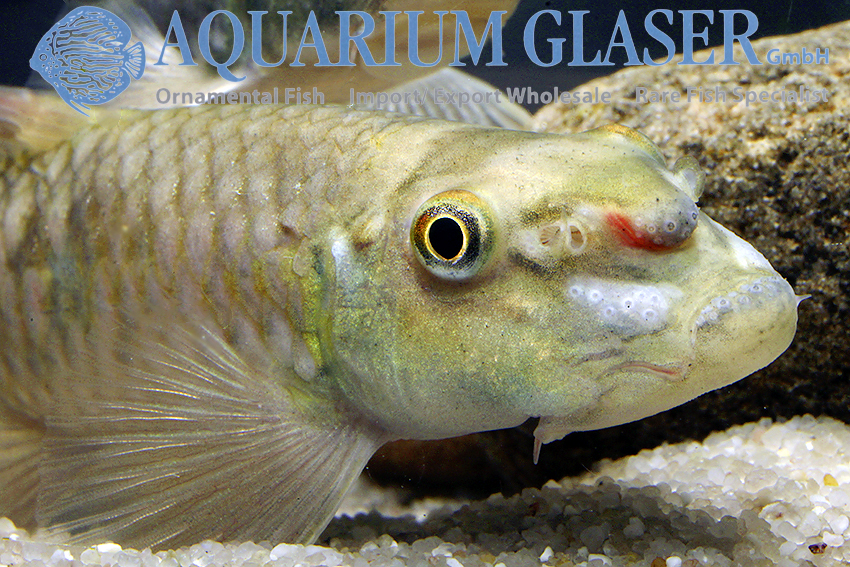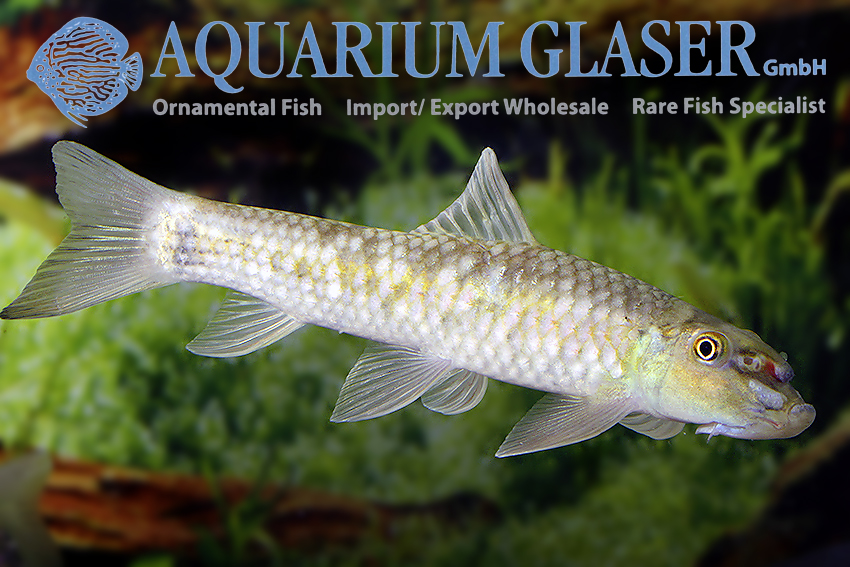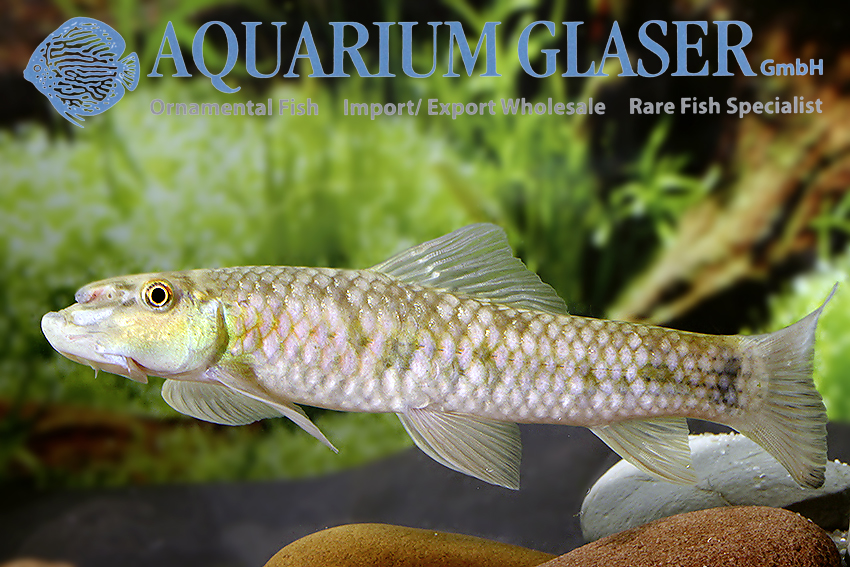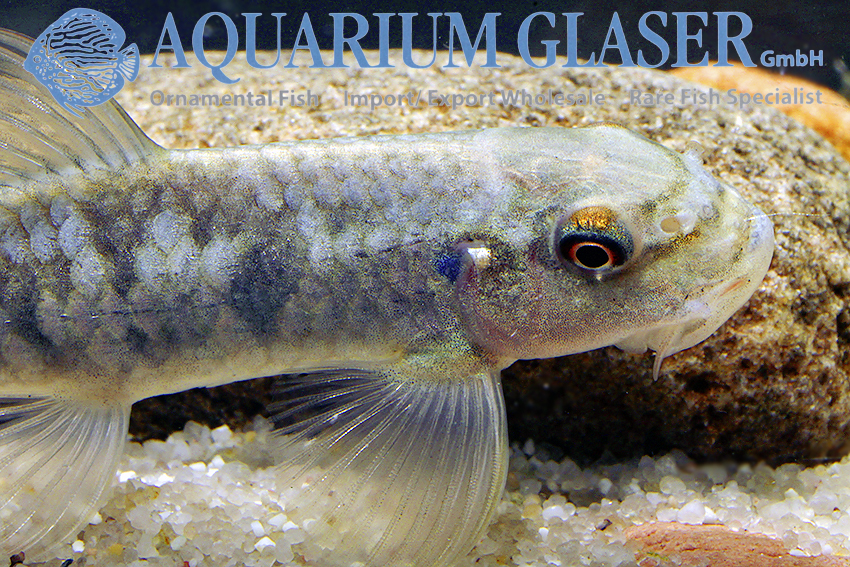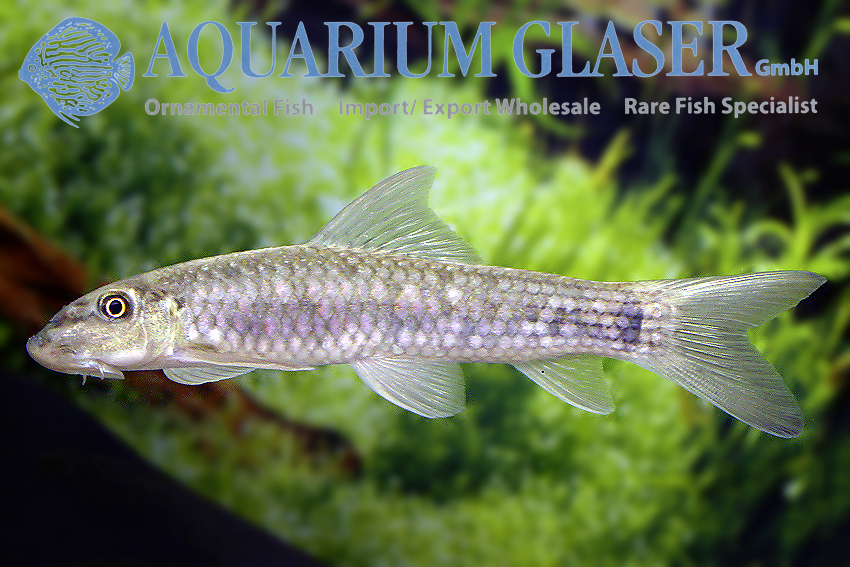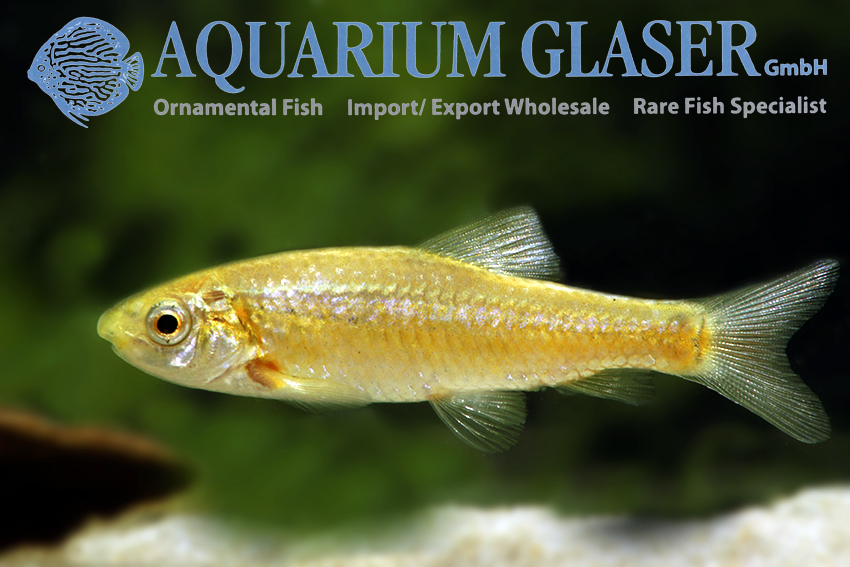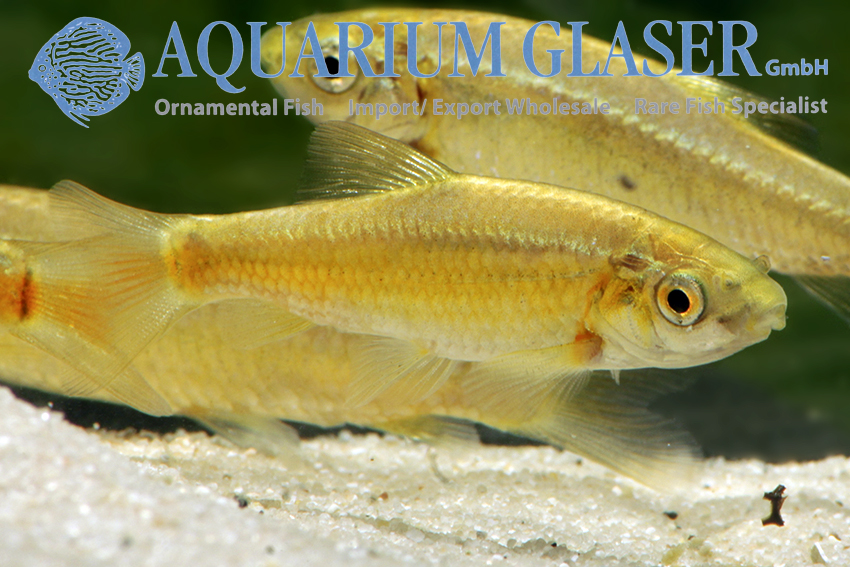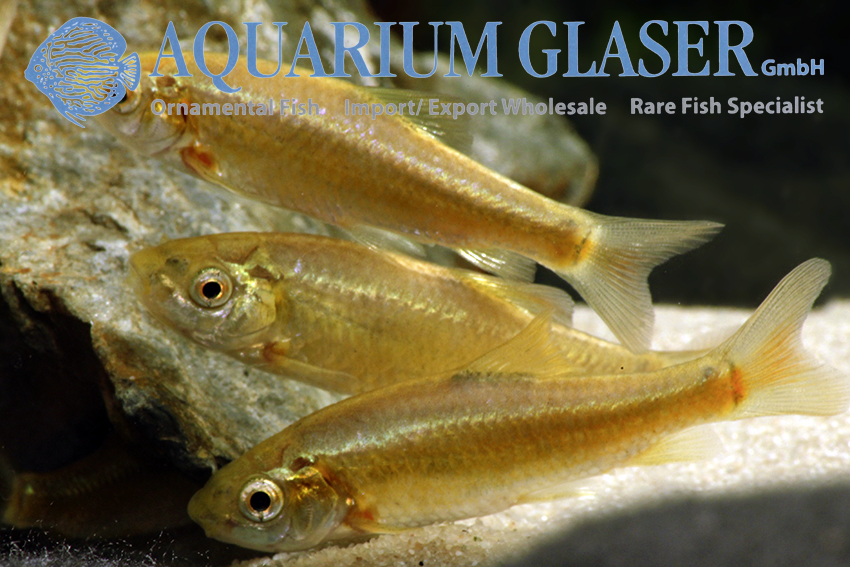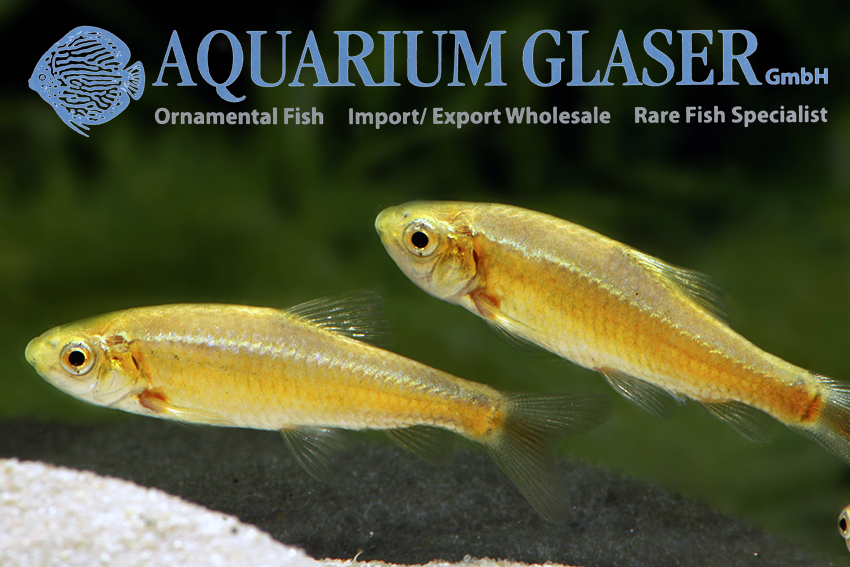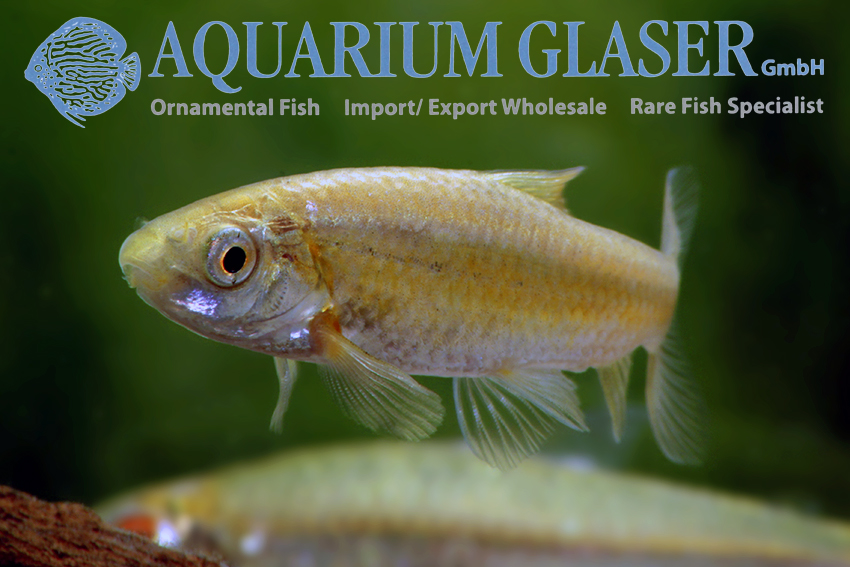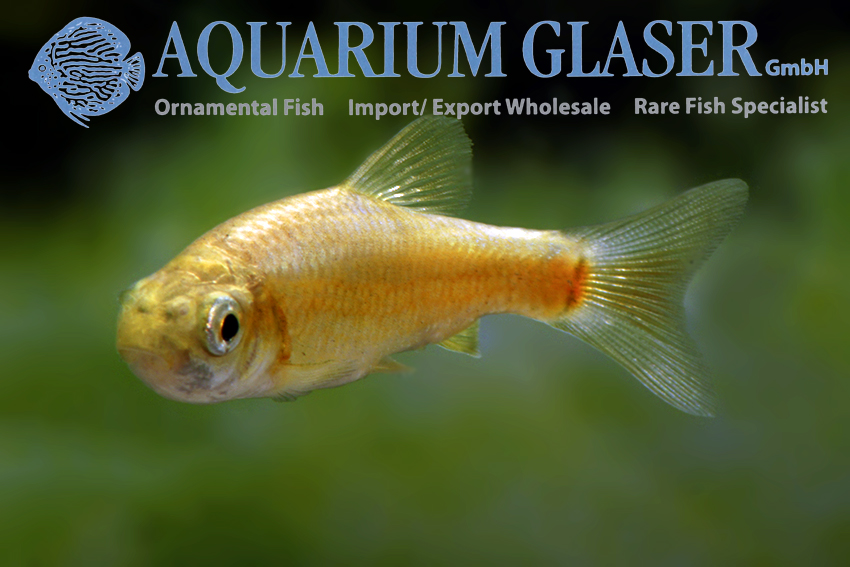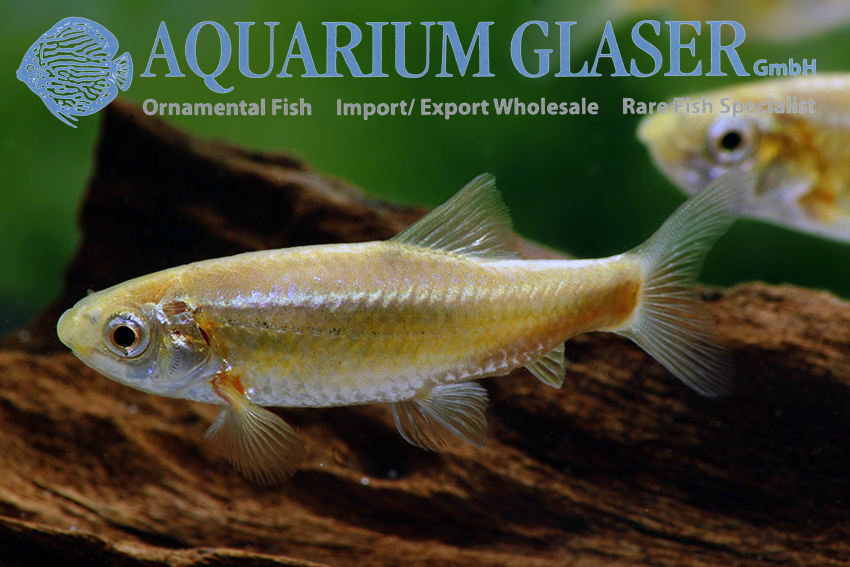Algae eaters do not have to be pretty, they should eat algae. This basic motto also applies to Garra lissorhynchus, for which the name “chocolate algae eater” was coined to promote sales, but which is mainly dressed by friendly grey tones. The 1-3 cm long juveniles of this species, which comes from India, or more precisely from the Khasi Hills on the edge of the Himalayas in northeastern India, are among the best algae eaters of all that are available for the aquarium. In this size the fish are very adaptable; in nature the pH-value of the waters fluctuates between pH 4.5 and 9 throughout the year and the water temperature can be 16-28°C, depending on the season. A fish that lives there must be correspondingly adaptable.
Unfortunately only the young are really good algae eaters. Adult specimens of practically all algae eaters need only little energy (young animals need a lot, they want to grow and algae are a low-nutrient food, therefore the diligence) and therefore adult algae eaters usually cover their nutrient requirements with the food of the other aquarium fish.
Our shipments of Garra lissorhynchus almost always contain other species of algae eaters as by-catch, mostly Garra gotyla and Tariqilabeo latius (formerly Crossocheilus latius). We cannot sort them without risking damage to the animals, so we leave that alone. Since all three species are equally excellent algae eaters, it doesn’t matter.
For our customers: Garra lissorhynchus has code 416261 on our stocklist. Please note that we only supply wholesalers.
Text & photos: Frank Schäfer





